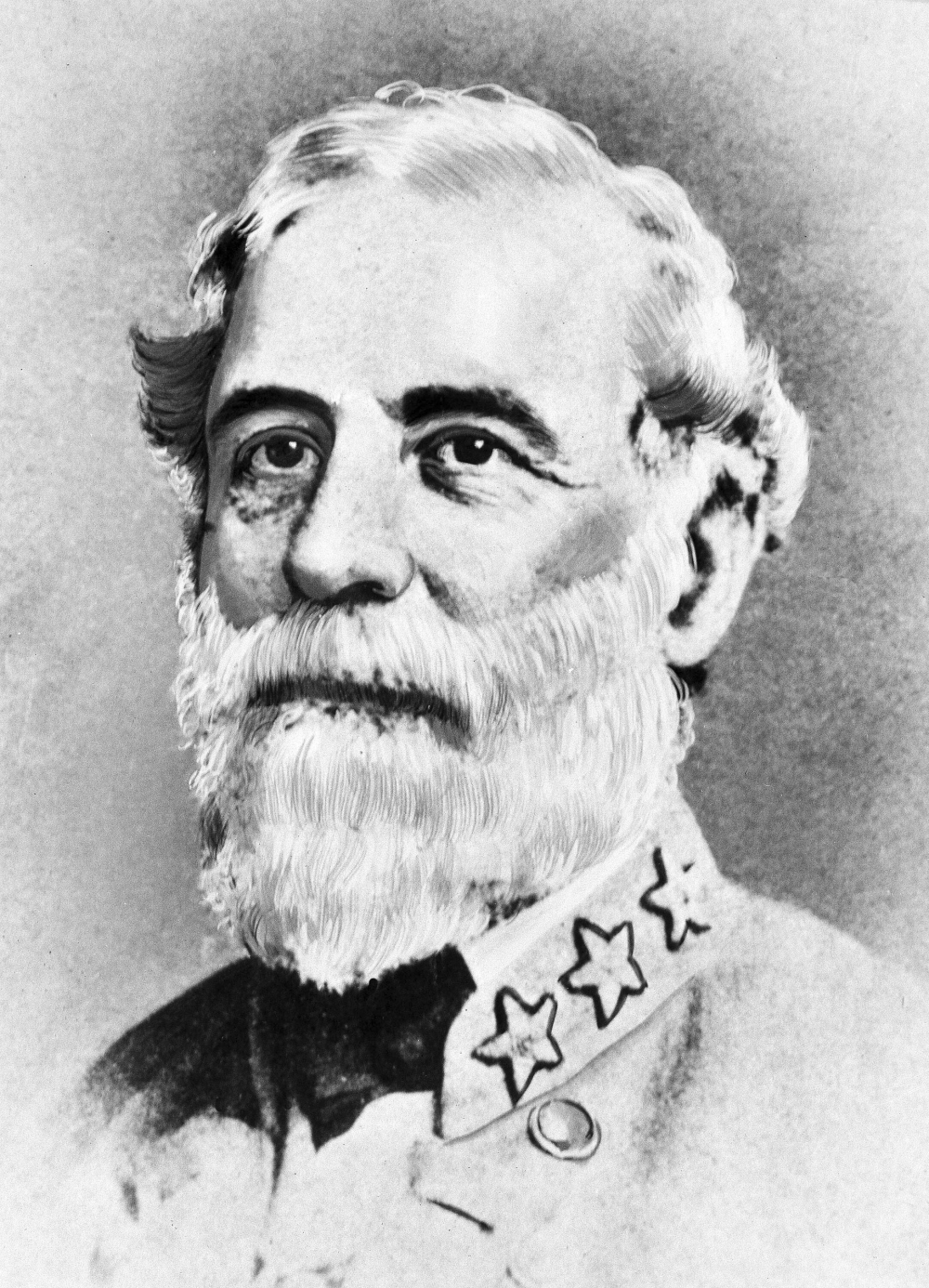
By Dana Bove In a previous guest opinion , I outlined how the Stearns Lake bald eagles abandoned their long-held nest territory for two months due to increasing human encroachment along a short side route trail (800 meters long) on Boulder County Open Space land. In response, the Director of Boulder County Parks and Open Space (BCPOS) defended the agency’s approach, stating in a recent opinion that it follows state and federal laws in its management of bald eagle habitat. Her statements suggest alignment with the Boulder County Comprehensive Plan and other county principles, which are built on a commitment to following state and federal guidelines and protecting species of special concern — including bald eagles and other raptors.
Yet these protections rely on proper management and adherence to precautionary guidelines. Without proactive measures to minimize disturbance, policies intended to protect these species fall short. The data tells a far different story than the one BCPOS presents to the public.

BCPOS claims credit for the increase in bald eagle nests in Boulder County, citing the rise from zero nests on county open space in 2000 to 15 today. But bald eagles have expanded across Colorado due to widespread habitat adaptation and rebound from DDT — not because of county intervention. If the presence of nests proves conservation success, then their displacement should prove the opposite.
At Stearns Lake, where BCPOS claims eagles “continue to return,” they were repeatedly pushed from their long-established territory for the first time in over a decade, ultimately leading them to establish a new nest nearly two miles away. The reason? A management decision that appears to have ignored clear signs of disturbance. Under the Bald and Golden Eagle Protection Act (BGEPA), “take” includes not only direct harm but also displacement from essential habitat.
In recent years, human activity in the Stearns area has increased substantially, driven by post-COVID recreational expansion and the completion of a major bike connector in 2024. This increase in sustained disturbance — especially within the eagles’ core-use area — forced them away for months after the reopening in 2024. Though the Stearns eagles made multiple attempts to remain, the continued disruption appears to have ultimately led them to relocate.
Despite this, BCPOS has insisted — both in public statements and online forums — that a lightning strike was to blame, apparently ignoring thousands of hours of documented data that point to human disturbance as the real cause. BCPOS also claims compliance with Colorado Parks and Wildlife (CPW) guidelines, which recommend that human activity — including pedestrians and cyclists — be kept at least 1/4 mile (400 meters) from active nests to prevent disturbance. Yet in the case of the Cutoff Trail, which was within 40 to 80 meters of the eagles’ nest and critical perches at the time of territorial abandonment, BCPOS argues it qualifies under a “historical surface occupancy” exemption, a designation intended for permanent structures like buildings and oil rigs — not a high-traffic recreational corridor with dynamic use.
By applying this exemption, BCPOS justifies keeping the trail open while claiming compliance, despite the increased disturbance to nesting eagles. BCPOS’s claim — made repeatedly in public statements — that it follows federal laws and state guidelines reflects a familiar tactic: stating something often enough that it becomes accepted as truth, regardless of the facts. The reality remains that BCPOS’s actions appear to have directly contributed to the loss of a long-established eagle territory, violating both the intent and letter of BGEPA.
There is nothing “natural” about forcing eagles out of a decade-old territory through mismanagement. And there is nothing protective about disregarding empirical data that directly links human disturbance to nest abandonment. If BCPOS truly values transparency and conservation, it should start by addressing the data it continues to ignore.
Dana Bove is a member of Front Range Nesting Bald Eagle Studies, a non-profit dedicated to the study and conservation of Bald Eagles in the Front Range. Bove lives in Boulder..















